
If you've got a versatile multimeter on hand, running on a pair of size 7 batteries, but you've noticed it doesn't really hold up well. Even after making the switch to lithium batteries, the problem persists. Those 400mAh lithium batteries barely last a couple of weeks before running out of juice, hardly being used at all.
Digging deeper, it's become apparent that the standby current draws 0.8mA during shutdown. Here's an interesting solution: consider investing in a few compact solar panels, boasting 6V voltage and 1mA current. You can tweak your setup for better performance.
Eight solar panels should be your target. Keep in mind, under direct sunlight, the highest voltage they'd hit is around 4.8V, and the voltage dips under 4.0V at peak current. However, remember, lithium batteries don't always need a full charge. A slower charge as they near full capacity is fine.
So, you've got these eight solar panels left to connect in series. Apply some hot glue and attach them securely to the top of your multimeter.
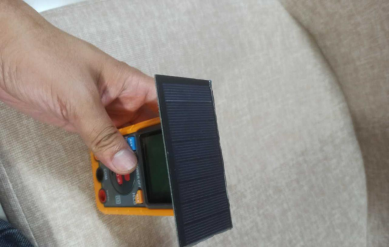
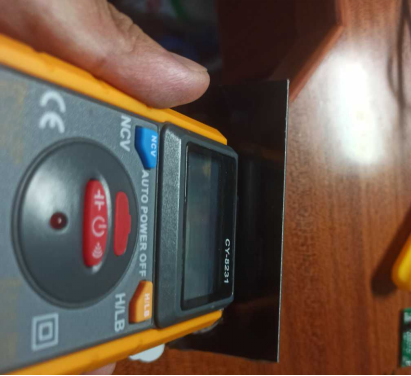
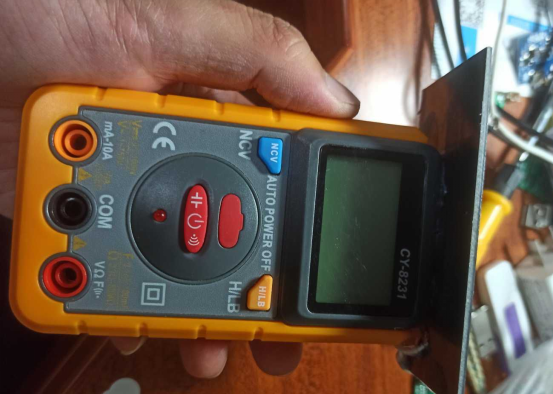
Next step: drill a hole in the back battery compartment, allowing solar-generated power to flow in from there.
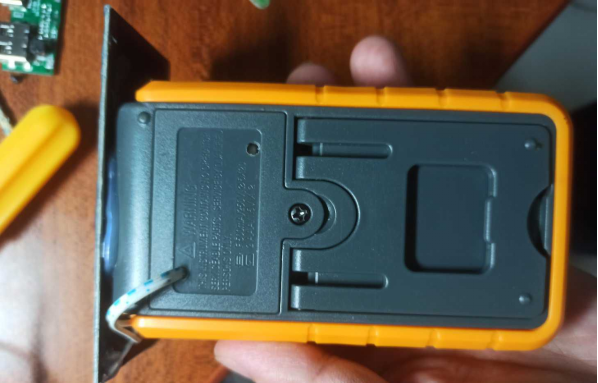
Inside that compartment, insert your homemade tiny 4054 charging board combined with a 7333 voltage stabilizer, plus two 200mAh lithium batteries.
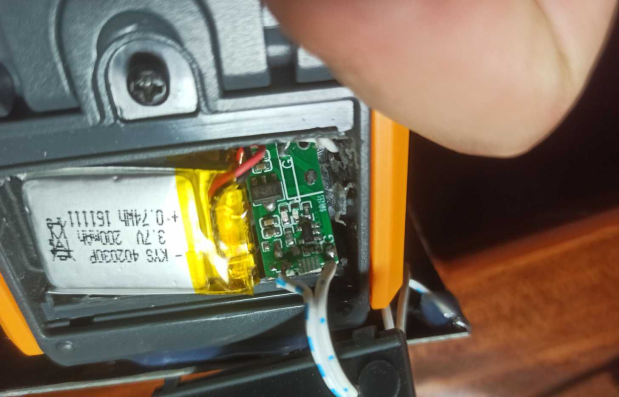
Now, test your setup under a desk lamp. A green indicator light means your solar panel is doing its job, generating power. On the other hand, a red light shows your lithium batteries are recharging.
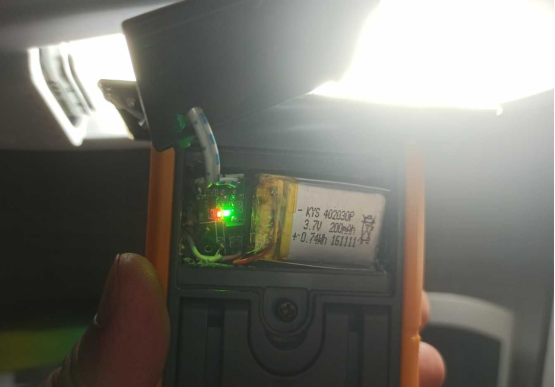
Don't forget, the multimeter has a built-in stand for a slight tilt, enhancing power generation efficiency.
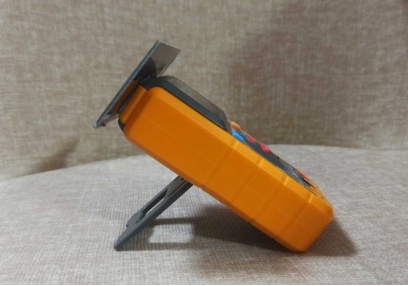
This modded multimeter, along with your heat gun and soldering station, is your go-to for soldering work.
Speaking of the solar panel, it's a decent performer. On sunny days, you're looking at around 100mA of current. Even on cloudy days, it's still managing to churn out a few milliamperes of current. That's more than enough to cover the multimeter's standby power drain and occasional use.
Now, let's say your lithium batteries have been fully drained and left outdoors on a cloudy day. Surprisingly, they still manage to power up the device the next day. Measuring at 3.68V, these batteries are about half charged (around 200mAh). So, overall, no major issues to fret about.




